Retailers in all sectors understand the need to invest in tech innovations, create new digital channels, and respond to changing customer behaviors and needs. But with this comes new challenges. What innovations are worth the long-term investment? What new technologies will customers adopt, and which might they resist?
In a panel discussion at RetailSpaces, representatives from three different sectors came together to share insights about these challenges and the ways that brands balance progress while also preserving the elements of human connection.
Moderated by Amanda McAllister, Creative Director at brand experience agency ChangeUp, the discussion included Nick Waeltz, Senior Director of Store Development & Construction at cannabis retailer, Green Thumb Industries; Scott Fournier, VP of Real Estate Development and Facility Operations at Discount Tire; and Jessica Itchue, VP of Branch Experience Design at Citizens Bank.
Each panelist shared their perspectives on the retail design transformations they’ve implemented over the past few years, predictions on what innovations will shape the future, as well as thoughts on balancing human interaction with technology.
Providing Options
McAllister kicked off the conversation with a look toward the future. With all the new innovations each company is implementing, what’s the main focus going forward?
A common thread was the need to understand that customers have a wide range of familiarity with technology. While many want a quicker, more streamlined experience, others might need more face-to-face interaction to feel valued.
Fournier used Discount Tire’s new appointment-only brick-and-mortar initiative, Pit Pass, to exemplify how they create this balance. The stores have a much smaller physical footprint and zero inventory, and utilize app-based pre-ordering and appointments to streamline the experience, mimicking the feel of a Nascar pit crew. The Pit Pass model speeds up appointments, with most under 20 minutes, and allows customers to stay in their cars, but still allows for face-to-face interaction for those who desire it.
“By spending less time in the store, they’re going to be happier,” says Fournier. “There are people who don't want to talk to anybody, and there are still people who want to talk to someone, so we're really trying to adjust for that.”
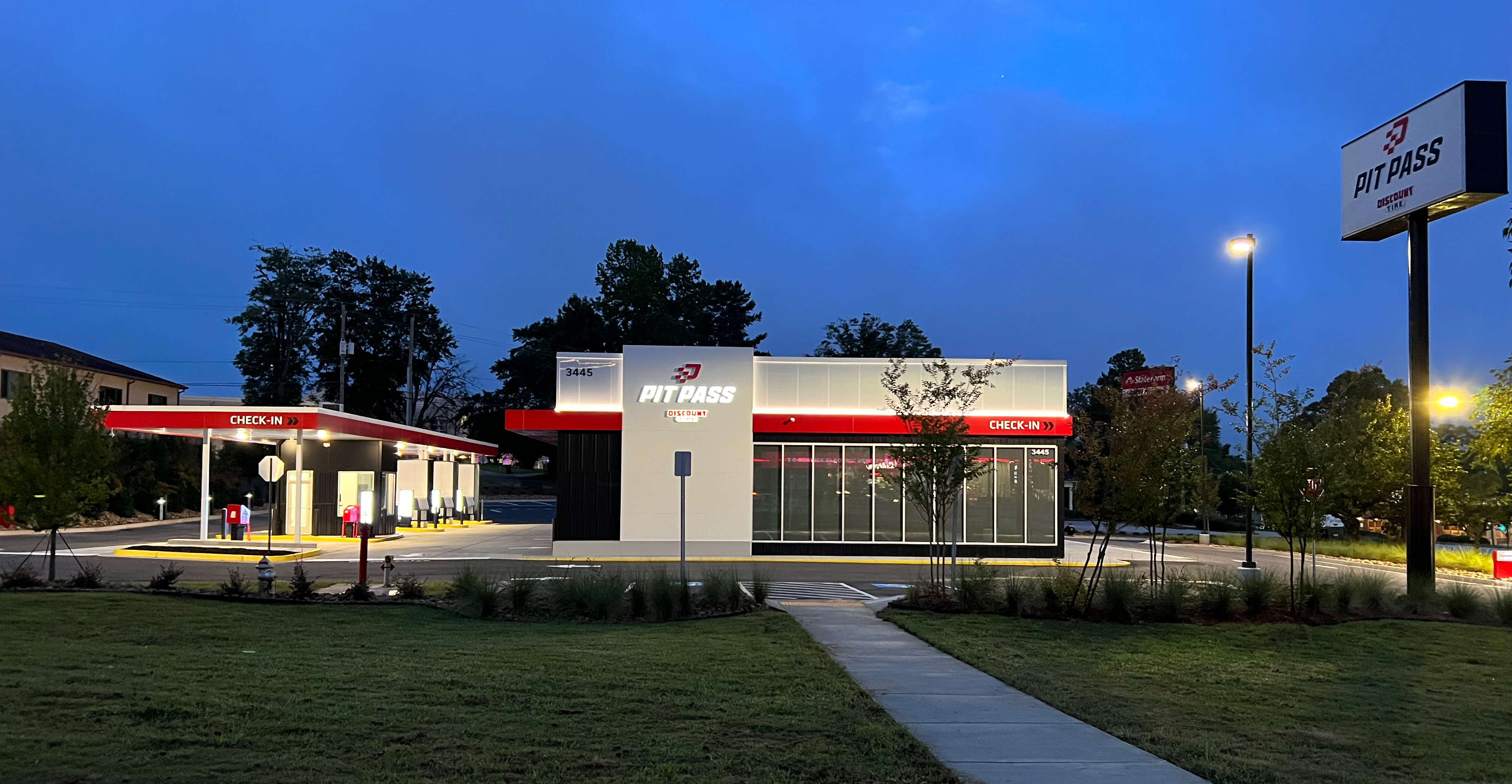 Discount Tire's Pit Pass prototype
Discount Tire's Pit Pass prototype
Itchue has found the same variety of customer engagement in the finance and banking realm. In banking, the conversation often revolves around the transition to online transactions, but Itchue does not see physical bank branches becoming obsolete. Instead, she sees them becoming useful in new ways.
“We're really trying to focus on the experience inside the branch and make it worthwhile for a customer to come into us,” said Itchue. “We find surprisingly that our younger customers who are super digitally engaged feel more financially competent if there is a branch in their neighborhood, and they know they can come and talk to financial experts in their community. We're really trying to focus on investing in technology that frees up our people's time to give that good advice in the branch.”
Defining Hospitality
The panelists continued to discuss the ways technology might make space for more meaningful interactions between employees and customers. This includes a move toward a “concierge” concept of greeters facilitating the guest experience, even if that experience began digitally at home. At a Discount Tire Pit Pass location, for example, that means meeting customers at their cars to start them off in the process.
At the cannabis dispensary, hospitality includes a range of possible interactions depending on the customer. It might mean allowing a customer to use a kiosk to get in and out quickly, or having a twenty-minute conversation educating them about the products.
“We have to be able to do both in the same environment,” said Waeltz. “That person who comes in for the 30-minute consultation their first time might be the one who comes in and just punches on the kiosk the next time.”
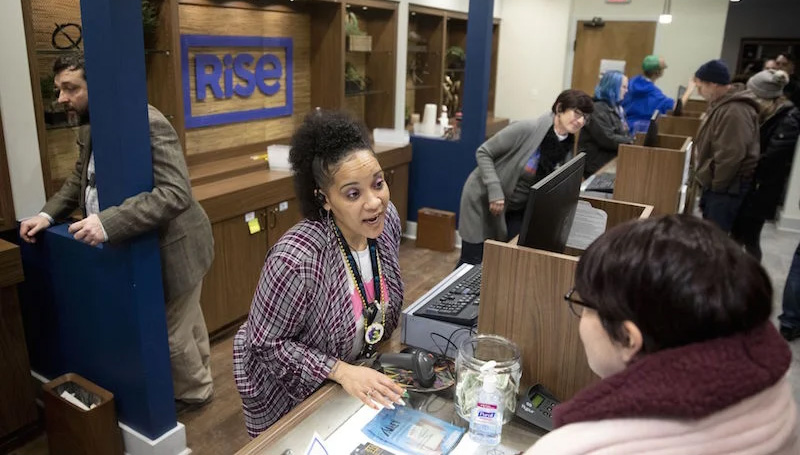 Face-to-face interaction is a key feature of the experience at GTI's dispensaries
Face-to-face interaction is a key feature of the experience at GTI's dispensaries
At the bank branch, it often involves employees teaching customers how to use the technology.
“We're not just saying, ‘There's the interactive teller machine, figure it out’,” said Itchue. “One of our concierge, or lobby leaders as we call them, is walking the customer over to it and teaching them how to use it, so it is a digital experience, but truly still has that physical human interaction.”
Employee Satisfaction
For everyone on the panel, it always comes back to people, which includes considering how innovations can improve the employee experience as well.
Discount Tire is testing a new piece of technology called Robo Tire to remove and replace old tires. Fournier described it as “co-biotics,” as there is still an employee overseeing the process, and the company hopes it will reduce employee injuries.
“It’s hard to find labor right now, so we need to keep the ones that we have,” said Fournier.
How Much Innovation is Too Much?
McAllister raised the question of a “breakpoint” in innovation—when technology might change the experience too much for the average consumer. Is there a point when the customer might feel alienated from the brand or the experience?
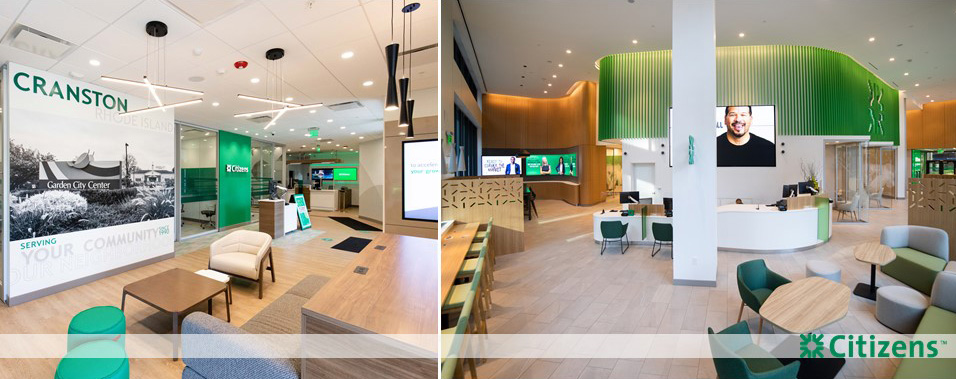 Interiors from some of Citizens' latest concepts
Interiors from some of Citizens' latest concepts
According to Fournier, it comes down to introducing the innovation to the customer in the right way, which means relying on employees to educate consumers about how to use it.
Itchue agreed, and went on to discuss the necessity of showing employees the “why” behind the technology, so they can pass that ethos onto customers.
“If we're adding technology that doesn't replace a service that they're accustomed to, they're very upset about it,” said Itchue. “As long as they can still get that same level of service in a different way, they're pretty okay with the technology component of it.”
McAllister ended with a look to the future—what innovations are they most enthusiastic about moving forward?
“I’m just excited to continue to innovate in a business that's new,” said Waeltz. I’m very excited to continue to develop what a cannabis dispensary looks like and feels like.”
Fournier discussed considerations of autonomous vehicles and the continued trend toward shared vehicle use.
“That’s huge on our radar, and we’ll try to change as time goes on, too,” said Fournier.
Itchue re-emphasized the need to examine what the physical branch space means to the business and the customers.
“Retail is at this pivotal turning point, and I think banking is right up there if not even more so,” said Itchue. “It’s such an old industry, but we’re trying to figure out what we're going to do with it in the future. It's an exciting position to be in.”

Posted by
Physical Retail Reimagined.
RetailSpaces is a community for store development and design innovators.
March 29-31, 2026 | San Antonio, TX
Learn More!
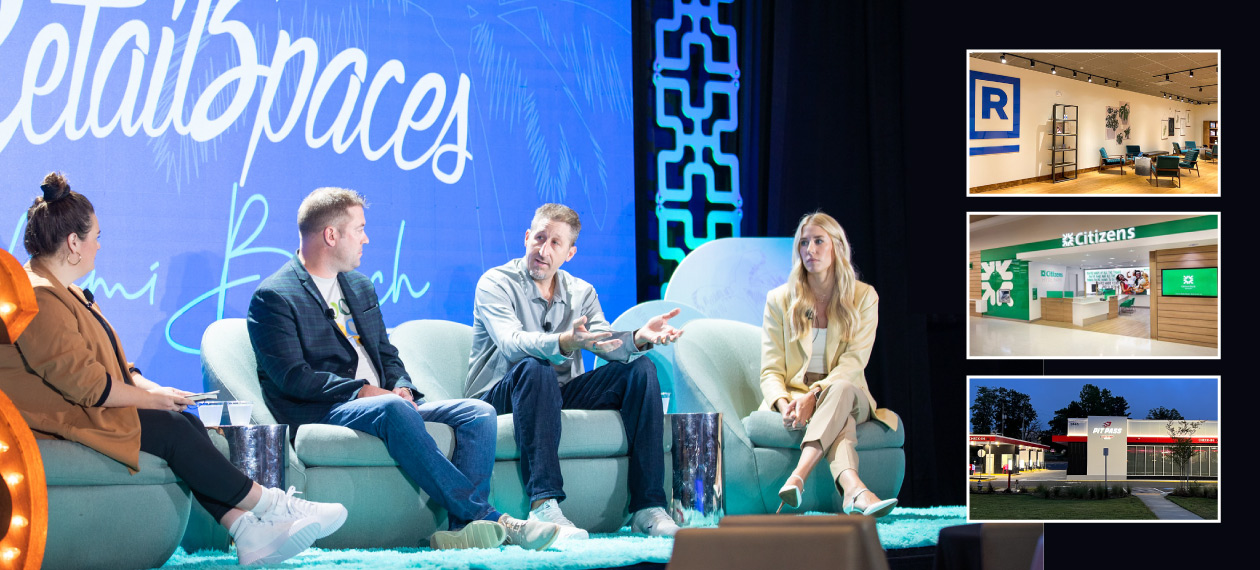

-4.png)
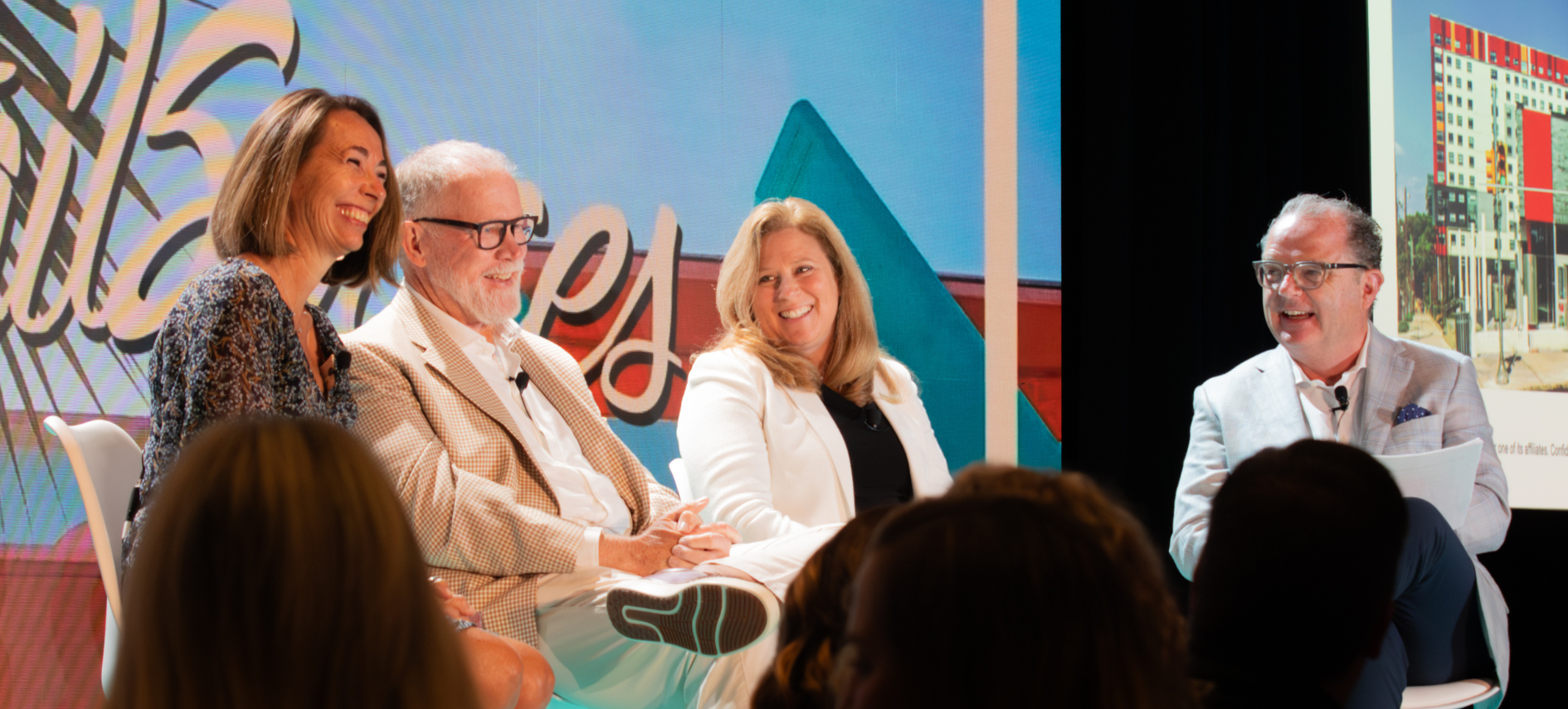
-4.png)
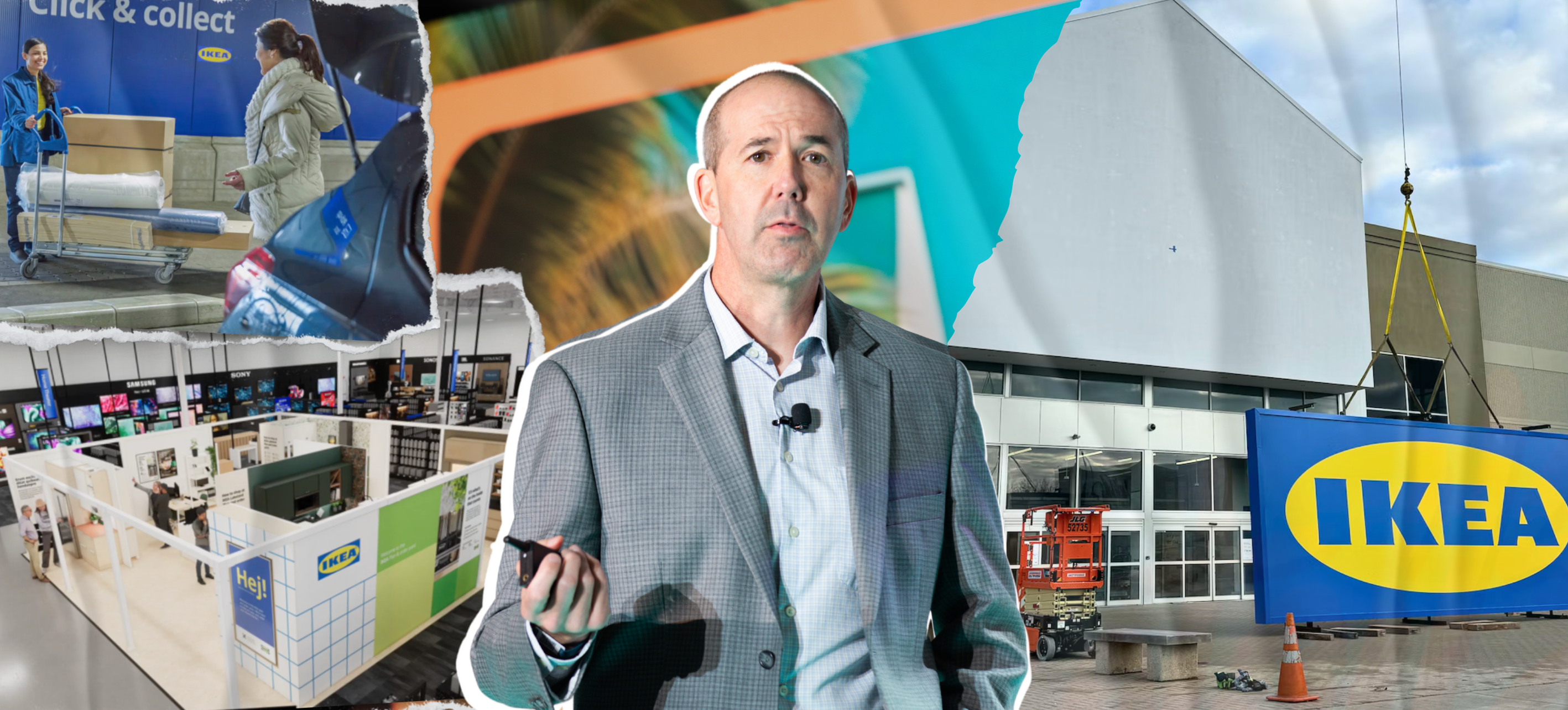
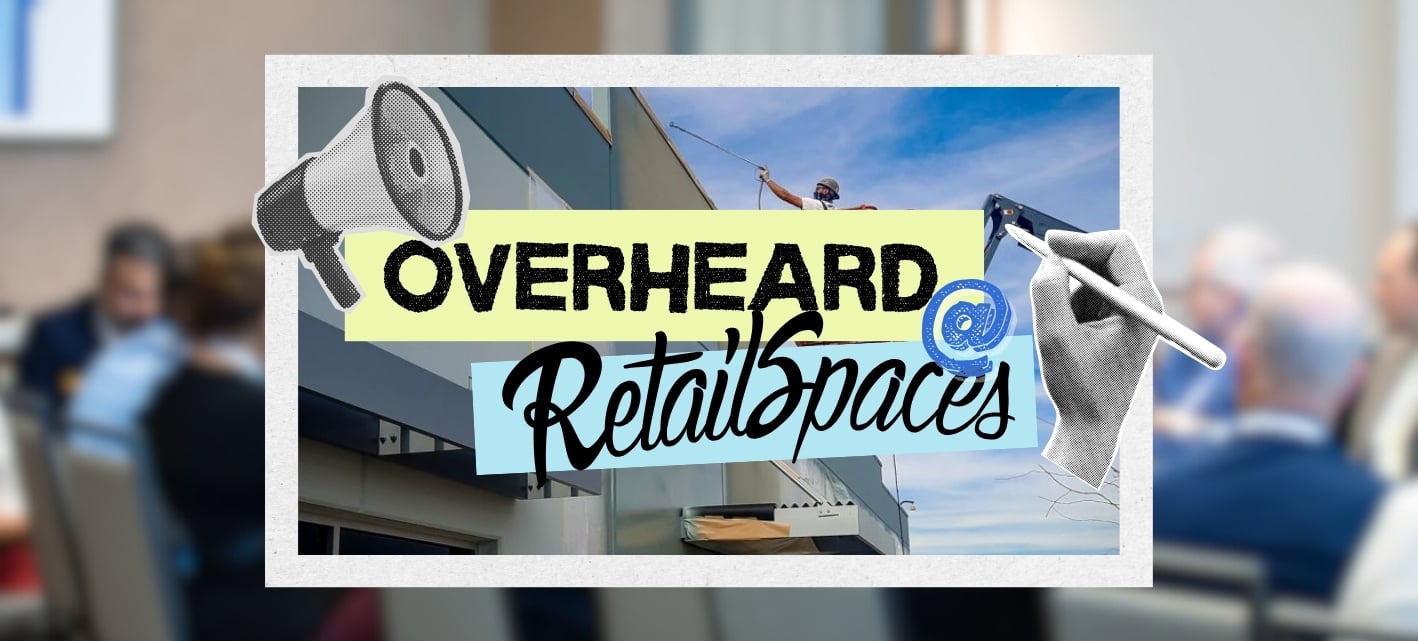

Comments